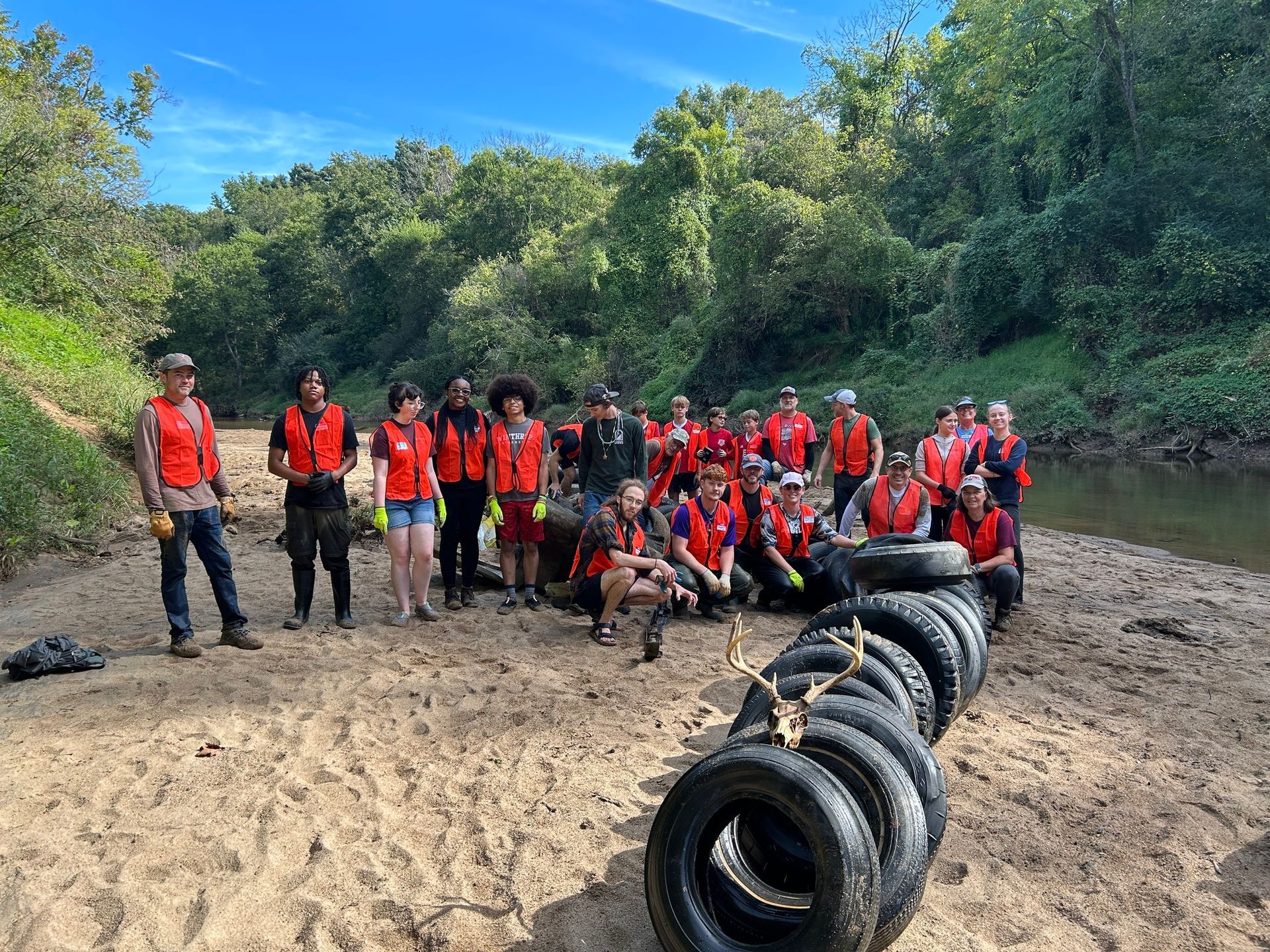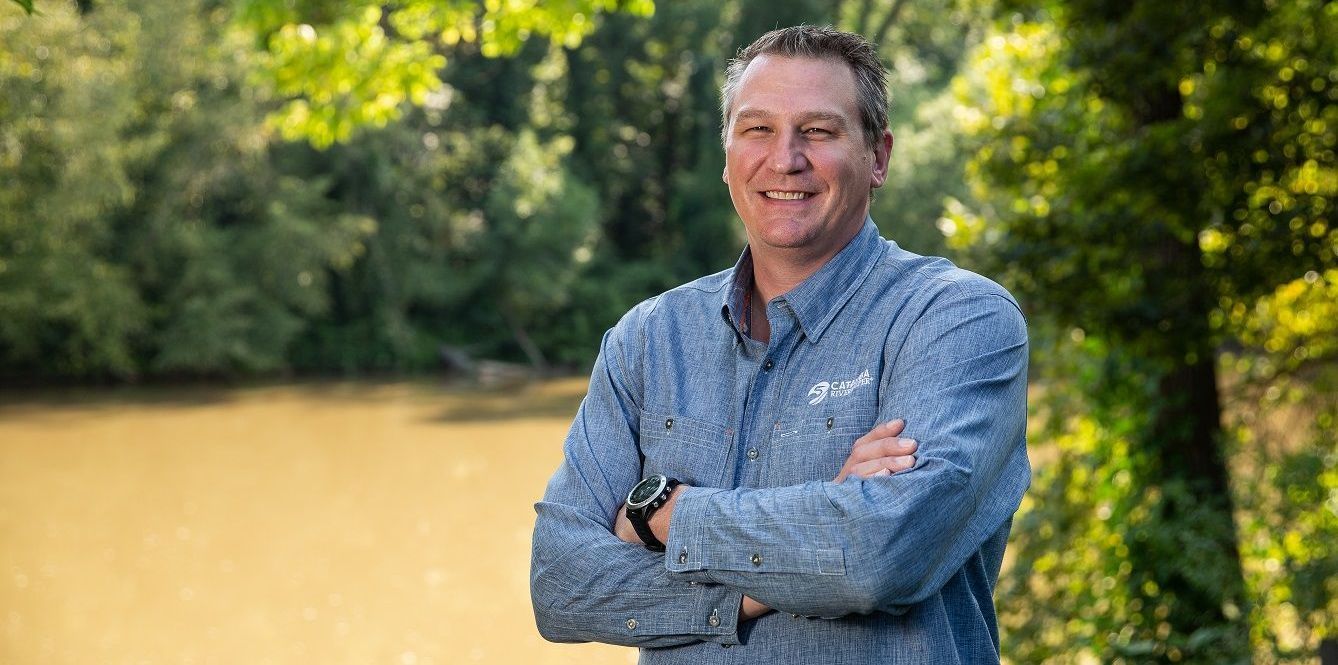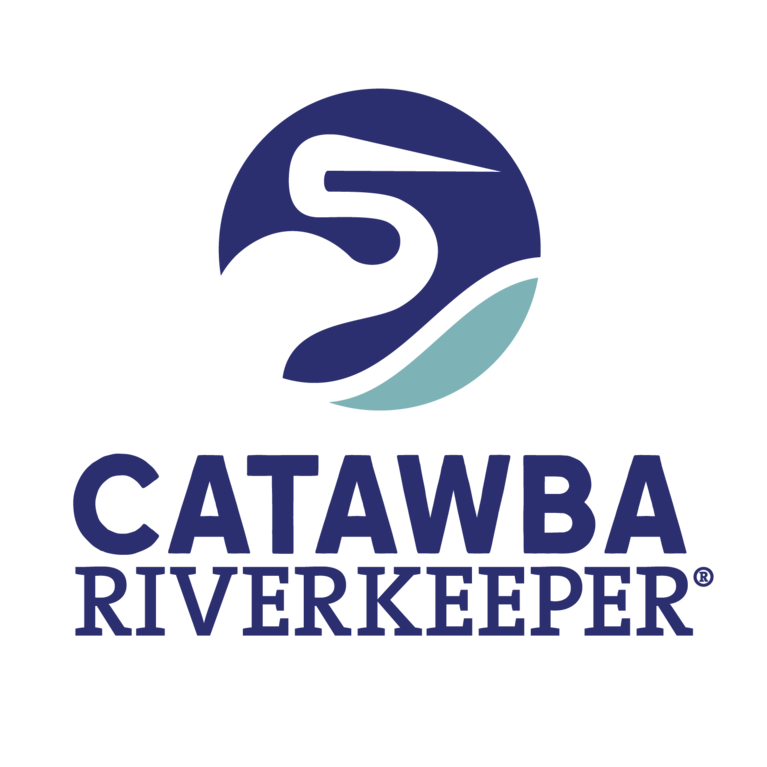Water Quality and Total Suspended Solids
Little Sugar Creek Water Quality
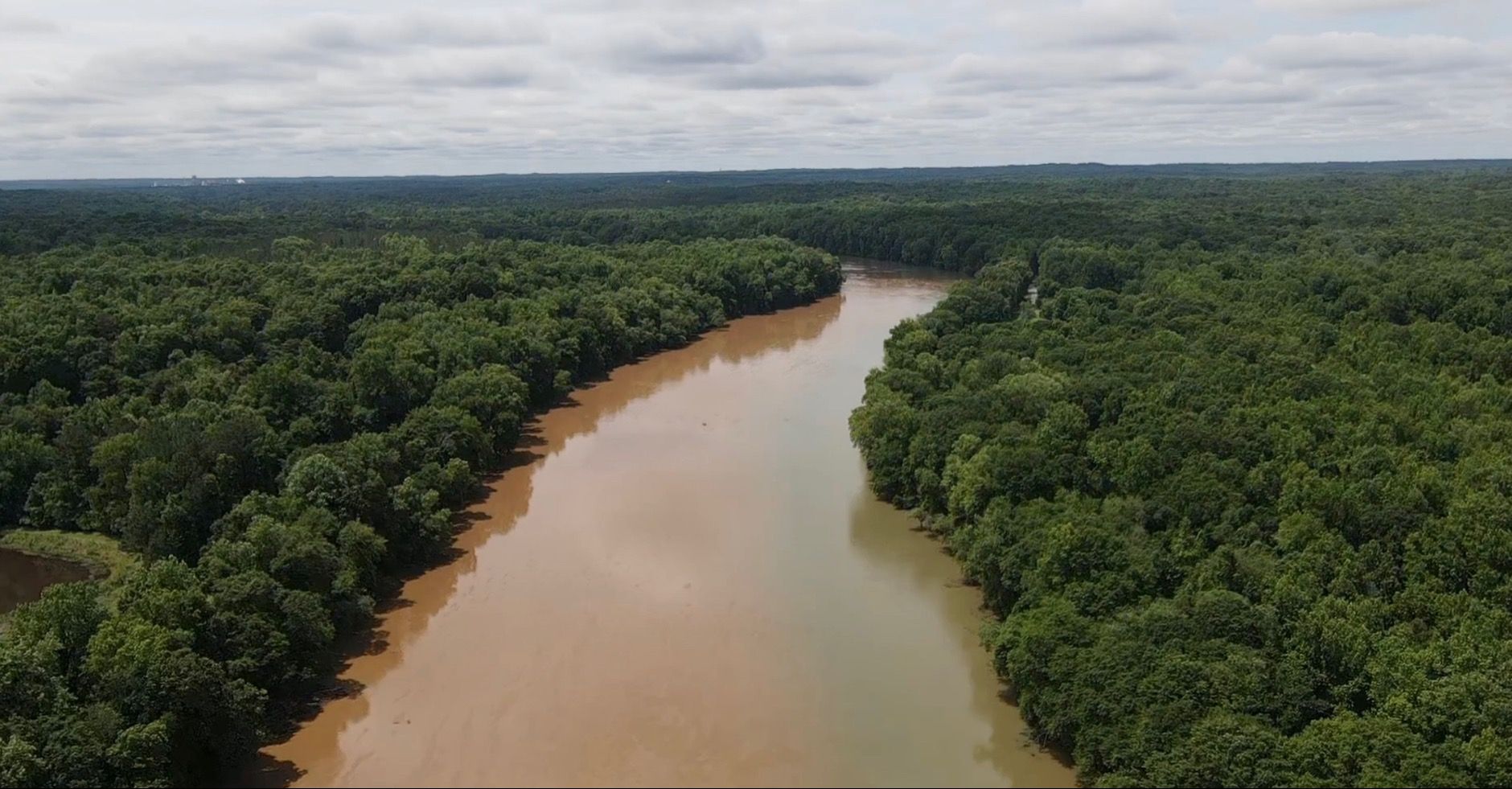
Total Suspended Solids (TSS) (Oct 2022)
We can’t stress enough how much stormwater impacts the health of our waters! In an effort to continue measuring this throughout the Catawba-Wateree Watersheds, our Riverkeeper Brandon and Southern Basin Watershed Manager Rachael went out to Sugar Creek to take water samples just after Hurricane Ian came through.
There are many indicators of good or poor water quality, each with their own methods of testing and assessment. One that you all may be familiar with is the E. Coli testing that we do throughout the summer for Swim Guide that lets us tell you whether or not the water is safe to swim in. Another indicator of water quality is provided through measuring total suspended solids (TSS) -- this is what Brandon and Rachael were sampling for. Per the United States Geological Survey (USGS), TSS is used to numerically measure concentrations of suspended organic and inorganic particles in surface water. Put a little more simply, TSS includes anything living or non-living that gets mixed up or floats around in waters that you can see above ground (creeks, rivers, etc.). With our lab equipment, we can measure these types of particles down to 2 microns in size – to help put that in perspective, a grain of table salt is 120 microns! And yes, stuff that small matters!
A high TSS concentration indicates poor water quality for several reasons. Most basically, it means there is a lot of stuff in the water, and typically that is not a good thing. Take for example a mountain stream with water so clear that you can see minnows, other fish, lots of bugs, crayfish, etc. There is a good chance that the TSS there is going to be low. Compare that to most any of our urban water after a rainstorm when it looks brownish, reddish, muddy, and you can’t see a thing in there, the TSS would likely be high.
An increase in TSS during and after rain events is natural, but the amount and significance vary as a result of human activity. A forest stream will see a slightly higher rate as the bottom gets stirred up, dirt from the banks flows in, etc., but the surrounding plants do a great job of filtering out a lot of what otherwise could end up in the waterbody. In contrast, an urban area would include runoff from buildings, construction sites, highways, parking lots, etc., all of which contain materials that contribute to TSS in the water.
To tie all of this back to why we chose to sample Sugar Creek, it is because it’s the main waterbody that is directly fed by runoff that flows through the greater Charlotte area and ultimately into the Catawba and Wateree Rivers in South Carolina. This means that a drop of water falling onto a construction site in Charlotte will flow through our entire Southern Basin and wind up all the way at the confluence with the Congaree River.
How does this impact you? Well, one drop of water carrying dirt wouldn’t, but the volume of water when it rains over this large land area contributes significantly to our water quality. The more stuff that is in the water, the higher the turbidity (a fancy way of saying how clear or not the water is – low turbidity is clear water, high turbidity is murky). This causes a reduction in visibility and increase in light absorption which can increase stream temperatures, decrease dissolved oxygen levels, limit aquatic plant growth, and harm aquatic animal life. Those drops of water can also contain chemicals, microplastics, E. Coli, and heavy metals like mercury that make the water unsafe for human contact and consumption.
What were the results of our sample? After collecting the water, we ran it through a filter to measure the weight of solids per volume of water, also known as Total Suspended Solids or TSS. Our calculations showed that about 10 shipping containers worth (650 cubic meters) of sediment is eroding from Mecklenburg County and moving down Sugar Creek with each major storm.


